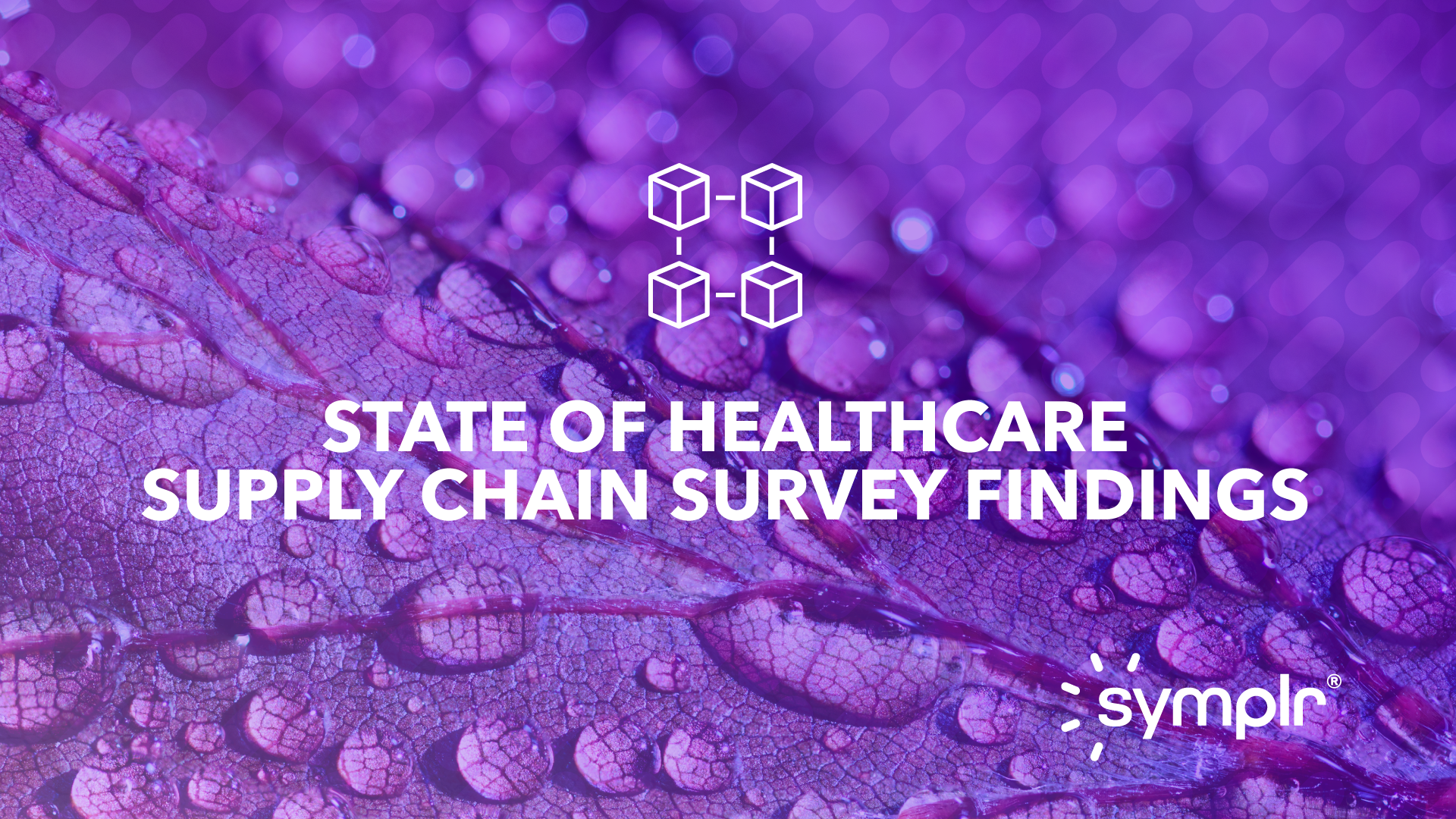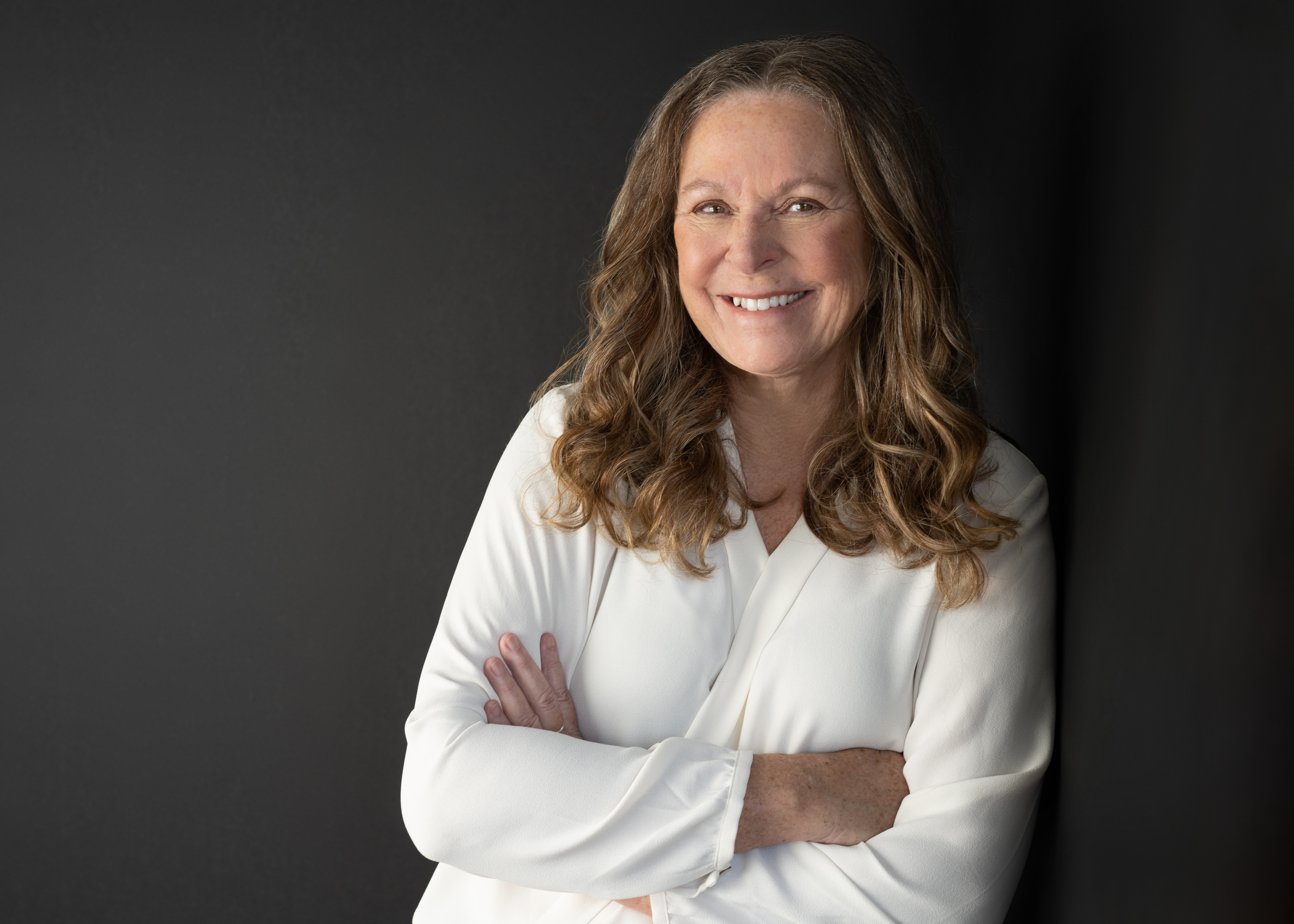
Expanding supply chain roles: from the basement to the boardroom
Supply chain has been on an extensive journey of evolution. Previously, supply chain lived in the basement, but today, most hospitals and health systems have supply chain presence at the executive level. During our discussion, Janie shared, “Now we’ve evolved and expanded, so what’s our message? The message is, we’re evolving past a transactional supply chain.”
For Janie, a growing scope of impact led to a title change as well from VP of Supply Chain to VP of Spend Management. She discussed how many in the industry are moving past supply chain titles and moving towards spend management as responsibilities grow.
Emphasizing this shift, we asked our audience, “How has the scope of your supply chain role and responsibilities evolved in the past few years?” 81% responded they were very impacted, 17% responded they were somewhat impacted, and only 2% responded they weren’t impacted.
As we think about increasing responsibilities, capacity is unquestionably a consideration. According to our survey, 1 in 3 said their supply chain team still isn’t fully staffed to pre-pandemic levels. Meanwhile, 20% responded that staffing and resourcing was their supply chain’s top challenge in the past 12 months.
As supply chains evolve from task-focused transactional models to a more strategic focus, the way we execute work must be examined so that efficiency and value are at the forefront. As Janie noted, “We may not get any more space, and we’re probably not going to get any more people, so how do we work differently?”
Ultimately, when supporting supply chain evolution, we must stay focused on the why. “The piece I want to stress the most is that the patient is at the center of everything we do. Every decision - whether it be supply, the operational piece of supply, or the financial piece - it is what's best for the patient. I think that has been the piece that has made our program so successful,” Janie added.
Breaking down silos means bringing people to the table
Our survey results revealed that only 19% of supply chain leaders were very confident their clinicians were supportive of supply chain activities. Janie, Doug, and I are all passionate about clinical integration and outcomes, so we concluded our conversation by unpacking their approaches to achieving unity through partnership.
Doug shared, “We've partnered with our Chief Clinical Officers, who are the clinical leaders over each of our divisions across AdventHealth. We utilize them to help guide, provide insights, and think about different strategies. We need to be thinking about how we engage our clinicians on a daily, weekly, and monthly basis, and it's a two-way street. How do they help educate us? And, vice versa, how are we bringing them information that's valuable when working through new products and utilization type work?”
When we break down silos, we can become consultants and trusted advisors across our organizations to share that financial expertise. For example, navigating budget constraints and the flood of “nice to have” requests help us think about how to look at our supply budgets differently. As Janie shared, “I love it when I get that phone call, and that service line leader says, I really want your advice. Will you look at my budget and give me some feedback? We are that internal consultant guiding on what to look at.”


